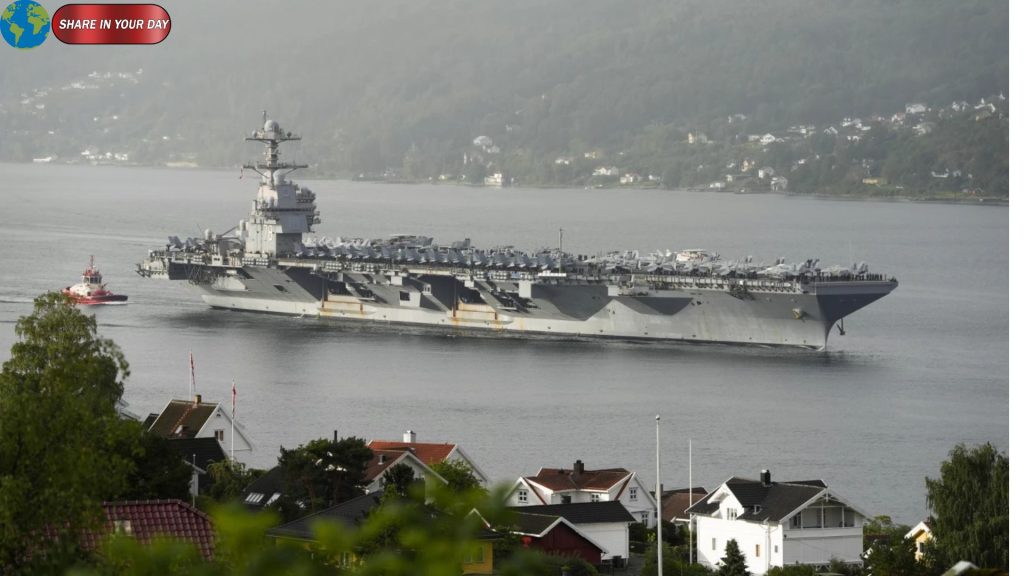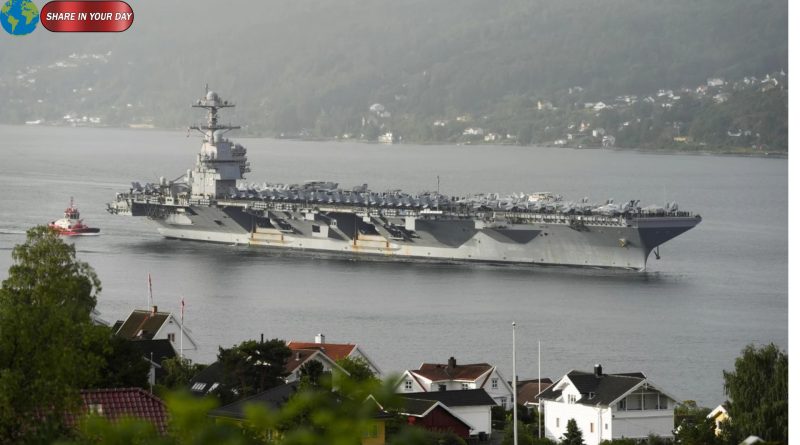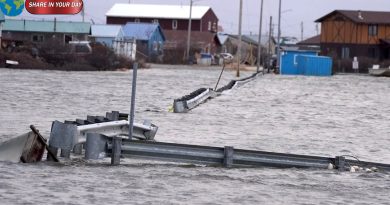Trump Administration Ramps Up Latin America Military Presence Amid Tariff Dispute with Canada
The Donald Trump administration has made two major moves this week: a significant military escalation into Latin America, and the abrupt termination of trade talks with Canada — both of which underscore a more aggressive stance abroad and at home.
Military Buildup in Latin America
The Pentagon has confirmed plans to dispatch a U.S. aircraft-carrier strike group to the Latin America region. Officials say the deployment is part of a broader strategy to project power and boost deterrence in Western Hemisphere waters, amid growing regional insecurity and competition.
While details remain sparse, analysts interpret the move as a deliberate signal to rivals and partners alike — the U.S. is prepared to assert its influence in its backyard.
Trade Talks Collapse with Canada
Simultaneously, the administration announced it is ending trade negotiations with Canada. The decision stems in part from a Canadian ad campaign that the White House says misrepresented former President Ronald Reagan’s views on tariffs — a dispute layered atop existing tensions over lumber, steel and other import policies. The Premier of Ontario has since said the ad will be phased out, but not before relations soured.
In response, Washington signalled that the trade route is closed unless Canada changes course on the messaging and underlying tariff posture.
Strategic Implications
Together, these developments suggest a recalibration of U.S. policy:
In Latin America, the carrier deployment raises the stakes for regional actors and underscores U.S. readiness to employ naval power.
On the trade front, the breakdown with Canada hints at a willingness to abandon negotiations rather than compromise on perceived principles regarding tariffs and national messaging.
For partners and rivals alike, the message is clear: this administration intends to act decisively — even unilaterally — across military and economic fronts.
What’s Next
Observers are watching closely for a few key signs:
Where exactly the strike group will be stationed, and how long the deployment will last.
What kind of Canadian response emerges — will Ottawa revise its ad campaign, or escalate through counter-measures?
How other U.S. allies interpret the dual signals of military projection and trade withdrawal — will they see them as strength or instability?
The coming days may reveal whether these are separate shifts or components of a coordinated strategy to redefine U.S. engagement abroad and abroad.





